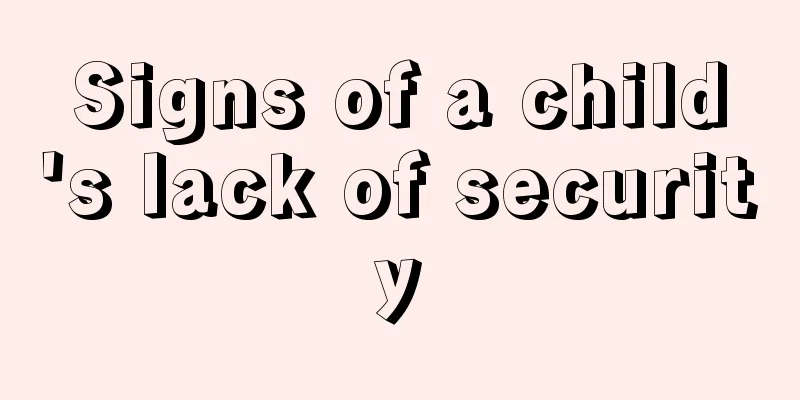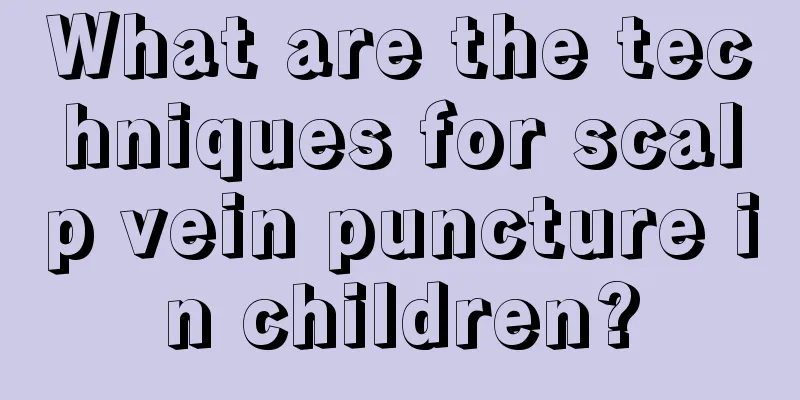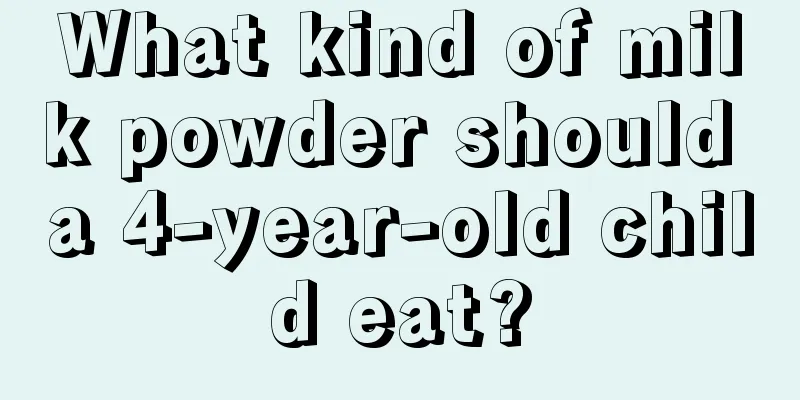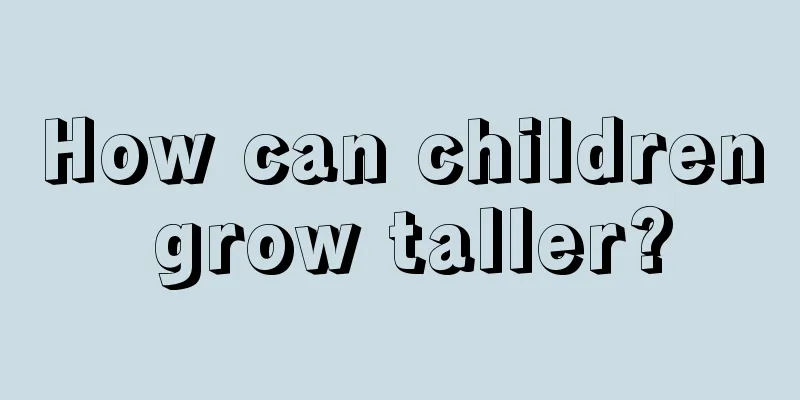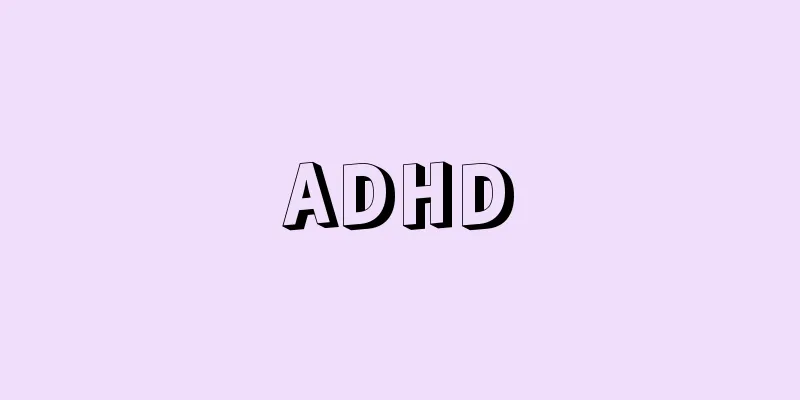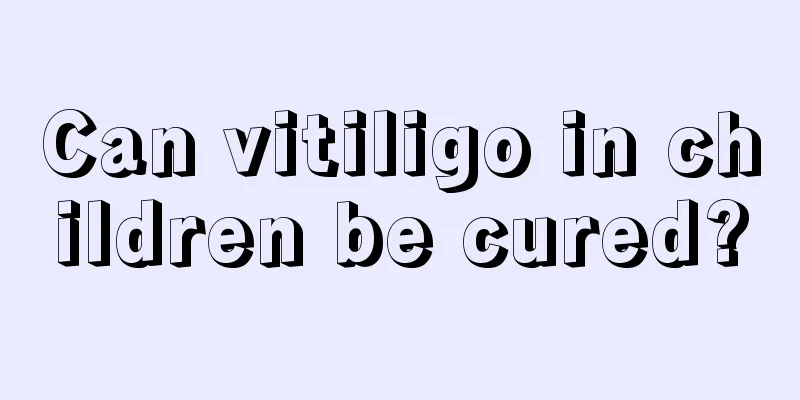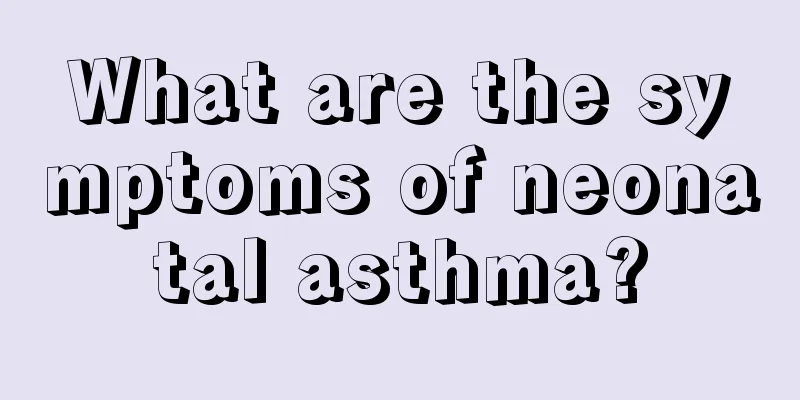First aid treatment for pediatric convulsions
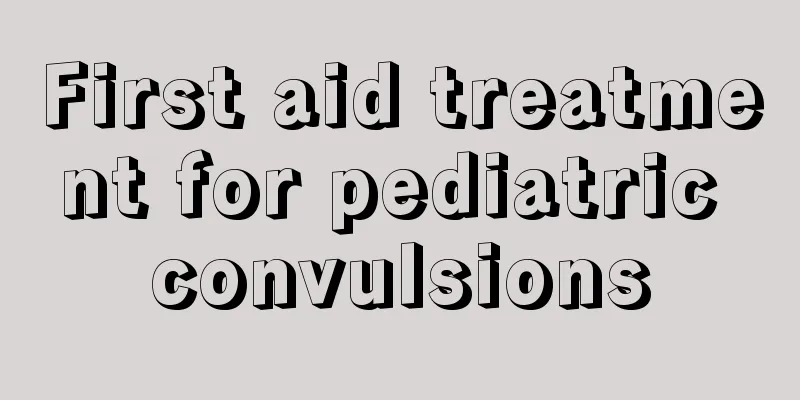
|
If there are children at home, there must be a lot of first aid medicines at home. However, some first aid medicines cannot be used in certain situations. For example, when a child has a convulsion, what should we do? Everyone needs to learn the emergency response measures when a child has a convulsion. Below I will explain in detail the on-site first aid measures when a child has a convulsion. ① The child should lie on his side, loosen his collar and belt, and wrap a tongue depressor with gauze and place it between the upper and lower molars to prevent tongue bite. 1. Keep the respiratory tract open and suction sputum in time; 2. Press or acupuncture the Ren Zhong, Hegu, and Yongquan points; 3. Inhale oxygen. If accompanied by fever, use cold water baths or place ice packs on the groin and neck in time to achieve the purpose of rapid cooling; 4. Use anticonvulsant drugs as soon as possible. Anticonvulsant drugs should be fast-acting, easy to use, low in toxicity, and should not affect respiratory and circulatory functions when used in sufficient quantities. ① Ding'an: Usually the first choice, 0.25-0.5 mg/kg each time by slow intravenous injection (the original drug is not diluted, the speed is <1 mg/min) or 1 mg/year (under 10 years old), which takes effect in 1-3 minutes. If necessary, repeat after 20 minutes and repeat 3 to 4 times a day. In recent years, it has been suggested that lorazepam (clorazepam) and chlordiazepoxide are more effective in relieving shock, but the safety and dosage for children under 12 years old have not yet been determined. ②Phenobarbital sodium: 5-10 mg/kg each time, intramuscular injection. It is a basic drug for controlling convulsions, but it takes a long time to take effect and cannot stop convulsions immediately. However, it lasts for a long time. After controlling the attacks with diazepam, it can be used as a maintenance treatment to consolidate the therapeutic effect. ③10% chloral hydrate: This drug takes effect quickly and lasts for a short time. 0.4-0.6 ml/kg each time, the maximum amount should not exceed 1 g each time, add 1-2 times normal saline solution for retention enema or nasogastric feeding, and give the drug again after 30 minutes if necessary. The above has introduced in detail the on-site first aid treatment for children's convulsions. If you have children at home, please read this article in detail. Because if your child at home has convulsions, you don’t know how to deal with it. Emergency treatment methods are very important, because your ignorance may cause your child to lose a life. Please read carefully. |
<<: The importance of a light diet for children to their health
>>: Introduction to Neonatal Myocardial Damage
Recommend
The dangers of little girl's leg-clip syndrome
Parents always find that their little girls have ...
What should I do if my child has severe toothache?
Toothache is the most common oral disease. Adults...
What should I do if my baby is allergic to milk?
According to relevant statistics, the current bre...
The reason why babies have moles
Generally speaking, moles are caused by the diffe...
How should the hunger therapy be implemented during the milk aversion period?
Parents who have raised children often encounter ...
Is baby's scalp hematoma serious?
Baby's scalp hematoma is a subcutaneous hemor...
What is the age range of childhood?
As we all know, humans can be divided into differ...
The child is introverted because of the parents
Although a child's personality is influenced ...
What is the iron supplement diet for children?
Iron supplementation for children is very helpful...
How to relieve itching of urticaria in children?
Children's urticaria is a very common childho...
How to correct cross-eyed children
Children often learn things they have never seen ...
Treatment for newborns who suddenly refuse to breastfeed
Many of our newborns suddenly stop eating milk. T...
What to do if a child has a rash after a fever
Many children will develop a rash on their body a...
9 and a half month baby development indicators
When the baby is 9 months old, his body enters a ...
What to do if the baby keeps sleeping
It is normal for newborn babies to sleep more and...
